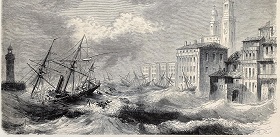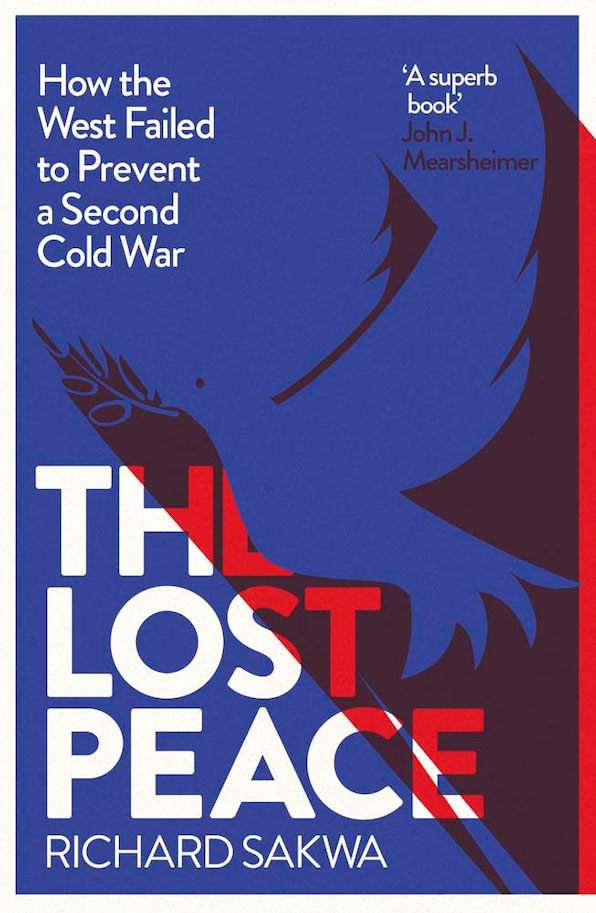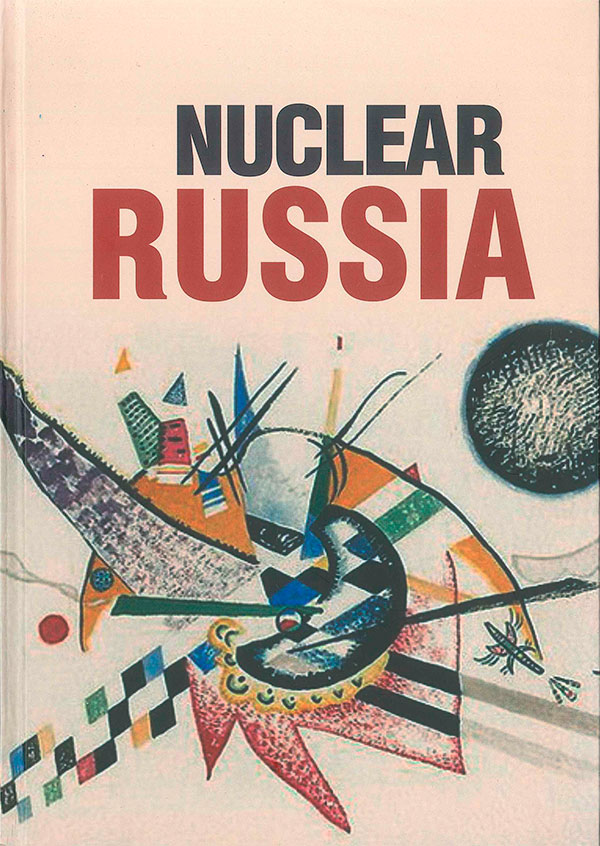The gradual expansion of the European Union has resulted in a multi-speed Europe essentially becoming a reality. The countries of the so-called new Europe have gained a lot of traction despite their increasing disloyalty to Brussels and to the European project as a whole. At the June 2018 EU Summit, the focus will be on Jean-Claude Juncker’s concept of European “super-state” and Emmanuel Macron’s concept of a “multi-speed Europe.”
The idea of a “multi-speed Europe” has never really been a mode of structuring European unity. Rather, it has always been a way of formalizing existing differences. An important initiative proposed by Macron is to establish a Ministry of Finance of the Eurozone and vest its head with the powers currently held by the European Commissioner for Economic and Financial Affairs and the head of the Eurogroup of Ministers of Finance. Macron has also proposed forming a single Eurozone budget that could issue loans and transform the stabilization mechanism into a European Monetary Fund. In addition, the President of France supports plans to establish a separate Eurozone parliament.
Germany vehemently objects to the issuing of unified government bonds, since all Eurozone countries would be responsible for them. Berlin is prepared, with certain reservations, to invest both in European unity and in bolstering Germany’s domination in Europe. However, left-wing politicians are sceptical about such a role for Germany and the need to help the Eurozone’s struggling economies.
It is probably the first time in recent European history that several concepts have failed to congeal into a single compromise option, and attempts to make do with partial solutions will be too costly for the European Union. On the other hand, Macron’s proposal will cast Juncker’s plan into sharper relief; those who still doubt this scenario of Europe’s future will see Macron’s idea as a sort of a worst-case alternative to bolstering Brussels’ bureaucracy.
Historically, the European project has developed along two tracks: that of deep comprehensive integration and the track usually dubbed “multi-speed Europe.” The latter was proposed in the 1970s by Euro enthusiasts wishing to speed up integration without having to make concessions to those countries that, for various reasons, were not ready for rapid changes. The gradual expansion of the EU resulted in a multi-speed Europe essentially becoming a reality – the northern periphery spanning the United Kingdom and several Scandinavian countries was joined by the eastern periphery, whose countries were not included in the common monetary and visa zones. The contradictions between the periphery and the leaders of European integration stemmed from the fact that, despite having different obligations under their respective agreements, all the EU countries had identical powers concerning the future of the union as a whole.
The concept of a multi-speed Europe is largely intended to bring the European Union’s institutional system in line with the real state of affairs. While it has never been openly stated at the highest level, it is understood that changes should primarily affect the decision-making mechanisms in the European Union, which is crucial given the fact that the countries of the so-called new Europe have gained a lot of traction despite their increasing disloyalty to Brussels and to the European project as a whole. The concept of a “multi-speed Europe” is viewed as an instrument for tightening discipline and solidarity for some countries, and a discriminatory mechanism for others.
The EU is on the Threshold of Establishing an Elite Club of Integration Leaders
In March 2017, the European Commission published a White Paper outlining the possible paths of European integration after Brexit. The paper was drafted in such a way as to revitalize previously held discussions and it did indeed provide a strong impulse to debates on the problems of a “multi-speed Europe.” The five proposed scenarios of further integration contained grounds for bringing the discussion back to more general concepts, such as the meaning of integration and the price of unity. In this sense, the manoeuvre undertaken by Jean-Claude Juncker, an opponent of the multi-speed approach, both pre-empted the initiatives of European governments and made concessions, since it expounded the ideas of a “multi-speed Europe.”
The paper proved more controversial than expected, and soon virtually all observers concurred that it essentially presented only one idea – that of a “multi-speed Europe,” albeit in a veiled manner. This interpretation arose after the leaders of the “Big Four” met in Versailles on March 6, 2017. Or, rather, it arose because of the decisions adopted at the meeting confirming the explicit adherence to the “multi-speed Europe” idea. “We are talking some countries moving faster than others, without excluding others, but in such a manner as not to be blocked by others,” France’s former president Francois Hollande explained.
The European Union is on the threshold of establishing a sort of elite club of integration leaders that are ready to abandon their previous liberalism in decision-making. And there are many decisions to be made in the next few years. These decisions will pertain to the powers of EU institutions, the changes in migration policies, the common economic course in the Eurozone, common foreign and security policies, the European military (thus far, we can only talk about changes to the logic of interaction and ensuring the possibility of full-fledged joint actions in circumvention of NATO mechanisms), harmonizing tax and social services, culture, and youth policies.
Are there Enough Opportunities?
We can hardly expect all EU member states to achieve unanimity on the above-listed issues; however, integration leaders can make use of the fact that the possibility of multi-speed integration was from the outset in some way provided for in the European project. Interested states can sign agreements on the creation of organizations outside the EU’s institutional legal system. Examples include the Nordic Council and the Benelux Union. With time, such initiatives are often incorporated into the European integration project. For example, the 1997 Treaty of Amsterdam incorporated the Schengen Agreement into EU law. Another option is to establish a system of so-called exemptions: special mechanisms within the European Union that are based on its charter documents and make provisions for agreements to not include all member states.
A third option is “enhanced cooperation”: a procedure whereby no fewer than nine EU countries can implement integration projects and conclude agreements that do not involve other members. Enhanced cooperation was launched in 2010 and initially applied to secondary issues; things changed in 2013 when the European Commission proposed establishing the office of the European Public Prosecutor. In its current form, the procedure cannot be considered effective, given the complex and drawn-out nature of the decision-making process and the numerous qualifications and restrictions stipulated in Article 43 of the Treaty on European Union. However, the fact that this option is becoming the key instrument for resolving crucial issues where achieving a consensus is difficult suggests that it plays an important role in the development of European integration. This became even more apparent in June 2017, when enhanced cooperation in defence was launched. And in March 2018, the EU ministers of defence approved a list of 17 Permanent Structured Cooperation (PESCO) projects and a plan for their implementation.
French Enthusiasm Paid for by the Germans
Apparently, the development of multi-speed integration will be limited by the greater application and more creative elaboration of the above-listed mechanisms. However, a strategy for the gradual extension of these mechanisms to all EU members has been selected for existing institutions and agreements, as well as for those that have been newly established in Brussels. In other words, the “multi-speed” principle is viewed by many as an acceptable variant and a temporary solution for individual issues, but not as a logic to serve as the foundation for the new European architecture. It is unlikely that Emmanuel Macron’s radical proposals, discussed below, will be taken kindly, even though the President of France may be an influential force in advancing the EU reform in a striking and memorable manner.
It is critically important for Macron to emphasize France’s key role in European affairs. In politics, he advocates the need for a greater rapprochement in foreign and security policies for the countries concerned. This is natural, given the fact that France lags behind Germany economically. After Brexit, however, it will become the European Union’s leading military power, and the only nuclear power in the union. Macron actively promotes the idea of a European Army, with the clear understanding that France will play the key role in the project. At the same time, he insists on consolidating the Eurozone, even at the cost of a greater economic gap and contradictions with other countries.
The idea of a “multi-speed Europe” has never really been a mode of structuring European unity. Rather, it has always been a way of formalizing existing differences. Macron’s plan is innovative, but it still suffers from the same flaw. An important initiative proposed by Macron is to establish a Ministry of Finance of the Eurozone and vest its head with the powers currently held by the European Commissioner for Economic and Financial Affairs and the head of the Eurogroup of Ministers of Finance of the EU Member States. Macron believes that a Eurozone Minister of Finance could take charge of the Eurozone’s multi-billion budget and invest in joint projects. The issue of coordinating the European Union’s financial policies has long been under discussion, yet previous proposals entailed establishing a Ministry of Finance of the European Union, not the Eurozone.
Macron has also proposed forming a single Eurozone budget that could issue loans and transform the stabilization mechanism into a European Monetary Fund. If a new crisis strikes, the common treasury may provide aid to struggling EU countries. Macron believes that without such financial redistribution, the monetary union will at some point collapse and that will spell the end of united Europe. In addition, the President of France supports plans to establish a separate Eurozone parliament. According to European Commissioner for Economic and Financial Affairs Pierre Moscovici, “A separate budget also means a separate Eurozone (literally: Euroland) parliament, and Eurozone MPs can thus control the budget.” The European project has long been criticized for the fact that its political integration is seriously lagging behind its economic integration. Instead of solving the problem, Macron’s plan can only exacerbate it.
For its part, Germany’s take on the prospects of establishing a Ministry of Finance of the Eurozone and other daring initiatives is rather conservative. Germany vehemently objects to the issuing of unified government bonds Macron is advocating, since all Eurozone countries would be responsible for them. This would allow individual countries, in particular Italy and France itself, to obtain lower-interest loans and thus reduce the burden on their treasury. However, both the former Minister of Finance of Germany Wolfgang Schäuble and his successor Olaf Scholz steadfastly shot down any discussion of the subject out of concern that “Germany’s partners will load up on low-interest loans, and the burden will land squarely on the shoulders of taxpayers,” i.e. on Germany.
Berlin is prepared, with certain reservations, to invest both in European unity and in bolstering Germany’s domination in Europe, especially since these phenomena have thus far been related. However, left-wing politicians are sceptical about such a role for Germany and the need to help the Eurozone’s struggling economies. Trade unions and some businesses are also against European unity that is paid out of the Germany budget.
The determination of European politicians to reform the Eurozone is only partially related to the financial prosperity of its member states. The fact that it unites the states that are most loyal to the European state project is of greater importance. The task, therefore, is not so much to reform the Eurozone as it is to reform the European Union via the Eurozone.
All previous projects were marked by ambiguity and contained reservations that their implementation should not result in a chasm forming between the Eurozone and the rest of the EU countries. Today, it is no longer an obstacle for Macron, but it does give pause to Angela Merkel. In this situation, Juncker has an excellent opportunity to use both the conservatism of the German Chancellor, since she already doubts the need of rapid changes towards a multi-speed Europe, the enthusiasm of the French leader, which prompts reasonable concerns in some countries, mostly those that are not yet members of the Eurozone and the Schengen Agreement. The EU bureaucracy is inspired by Macron, but they believe his proposals will, for the most part, engender resistance and prove impossible to implement. However, they may prove a good catalyst for change. In particular, the European Commission believes that proposals on creating a separate Eurozone budget and a European Monetary Fund should be considered after more profound economic and monetary integration. “This is perhaps a long-term possibility, given the EU’s common budget and the growing number of countries adopting the single currency.” In other words, the stance of the European Commission is a polite rejection of Macron’s initiative.
***
There is neither consensus, nor consistency in the range of approaches to reforming the European Union. At the June 2018 EU Summit, the focus will be on Jean-Claude Juncker’s concept of European “super-state” and Emmanuel Macron’s concept of a “multi-speed Europe.” The problem is that it is probably the first in recent European history that several concepts have failed to congeal into a single compromise option, and attempts to make do with partial solutions will be too costly for the European Union. On the other hand, Macron’s proposal will cast Juncker’s plan into sharper relief; those who still doubt this scenario of Europe’s future will see Macron’s idea as a sort of a worst-case alternative to bolstering Brussels’ bureaucracy.






